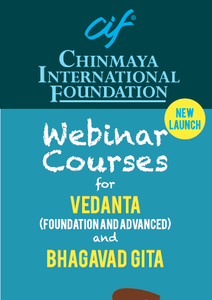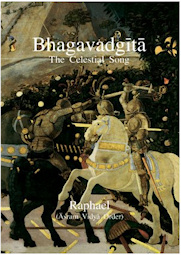 There are very many versions of the Bhagavad Gita in print, although you will have to look to Indian bookstores to obtain most of these. This can be very worthwhile. Not only are they a lot cheaper there but it is not necessarily the case that the best versions are those which are most popular and are therefore available through Amazon.
There are very many versions of the Bhagavad Gita in print, although you will have to look to Indian bookstores to obtain most of these. This can be very worthwhile. Not only are they a lot cheaper there but it is not necessarily the case that the best versions are those which are most popular and are therefore available through Amazon.
You really need to look at each of them yourself to decide which ones appeal most. I can make a few general observations but only you know what your priorities are. (It goes without saying, of course, that the Bhagavad Gita is a ‘must read’ for anyone seriously interested in Advaita!) If you want to see original Devanagari, you are restricted in choice. If you want Romanised transliteration, again not all will provide this.
If you want word-by-word translations, only a few give this (see Refs. 1 – 3 below). If you are interested in the Sanskrit – parts of speech and which verses contain which words, you want Ref. 16 (but this contains neither the text nor a commentary).
If you want the most comprehensive, understandable commentary and expense and time are no hindrance, then Ref. 15 is a no-brainer!
Finally, there is the all-Devanagari version with Shankara’s bhAshya (Ref. 18). This is a huge, hardback book, beautifully produced but, of course, totally useless unless you can read Sanskrit very well indeed. I have a spare copy of this and hereby offer to send it to anyone in the UK free of charge (or anyone elsewhere in the world if they pay the postage) in exchange for the following: you agree to be available to provide a literal translation of any (short) text by email from time to time if I need this for my writing. Email me if you are interested in this offer. Continue reading →






